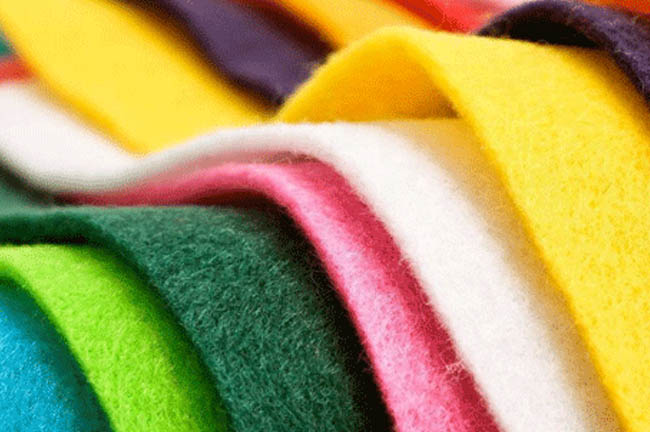Simply put, nonwovens fabrics have opened doors of opportunity for everyday convenience that would have been the stuff of dreams or wild imagination not too long ago. Just like Henry Ford made it possible for everyday folks to own a car and the Wright brothers to glide from one part of the country to another over 1000 miles away in a matter of hours, nonwovens have revolutionized several industries, now being in hundreds of products which would otherwise be too expensive or not feasible to manufacture at a profit.
One of the outstanding qualities of nonwovens is that they can be extremely durable if that's what's needed, or single-use, limited-life fabrics. Beyond this, nonwovens possess limitlessly versatile qualities like super absorbency, resilience, liquid repellency, stretchability, strength, softness, flame retardancy, cushioning, washability, bacterial barriers, filtering and sterility.
Able to combine these qualities in innumerable ways, nonwoven manufacturers create products with the unique, specific characteristics requested or needed by a client, usually at a very reasonable price. In spite of all these advantages, many people may not know about nonwovens and, if they do, they probably don't know what a big, indispensable part of their lives nonwovens are.
Well, here is just a tiny fraction of the essential products nonwovens have made possible.

A dry floor cloth can provide superlative performance and convenience. The nonwoven sheets used are made in required thicknesses that allow it to conform to just about any surface in order to more efficiently trap dirt, dust and hair.
Nonwovens may help alleviate the energy crisis by helping to deliver cost-effective solutions related to heating. Electrically conductive fabrics, with special under-padding integration, can help heat a surface, whether constructed of ceramic tiles, wood, ceiling tiles or wall coverings. In these scenarios heated fabrics could take the place of other heating systems by producing heat through radiation.
Interestingly, new developments in nonwoven fabrics will create home furnishing products that are good at repelling dirt, getting rid of dust mites, and providing antimicrobial characteristics.
Most people have used dryer sheets at least once in their lifetime. These durable fabrics, usually anti-static and of very thin construction, can put up with very high temperatures in the dryer. They can also be made so that they gradually and over time release special softeners and scents while the clothes are being dried.
The most dramatic use of nonwovens in the medical theatre of operations is the only-once-used surgical gowns worn by surgeons and their staff during often-complicated, possibly lasting for hours operations. The advantage of these products is their well-documented ability to protest healthcare personnel from patients’ bodily fluids and blood; they are also dependably sterile.
Many people in healthcare facilities end up acquiring Hospital Acquired Infections (HAIs), or nosocomial infections, every year; these sometimes culminate in death. One way to end up acquiring one of these is through incisions—sometimes referred to as Surgical Site Infections or SSIs. There is no question that nonwoven gowns and drapes greatly reduce chances of acquiring the many types of infections initiated (or made worse) during a hospital stay. They also help reduce the spread of disease in general.